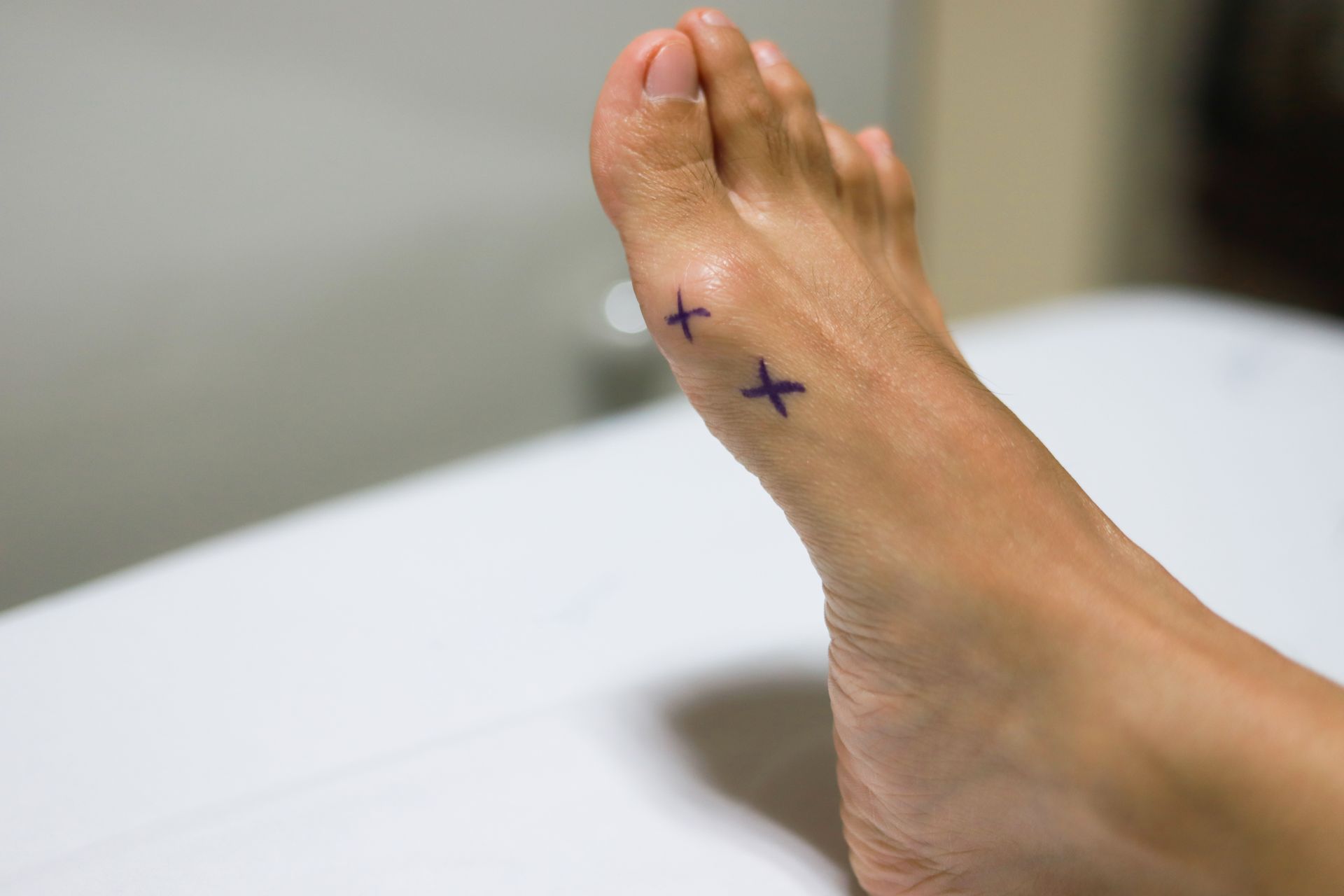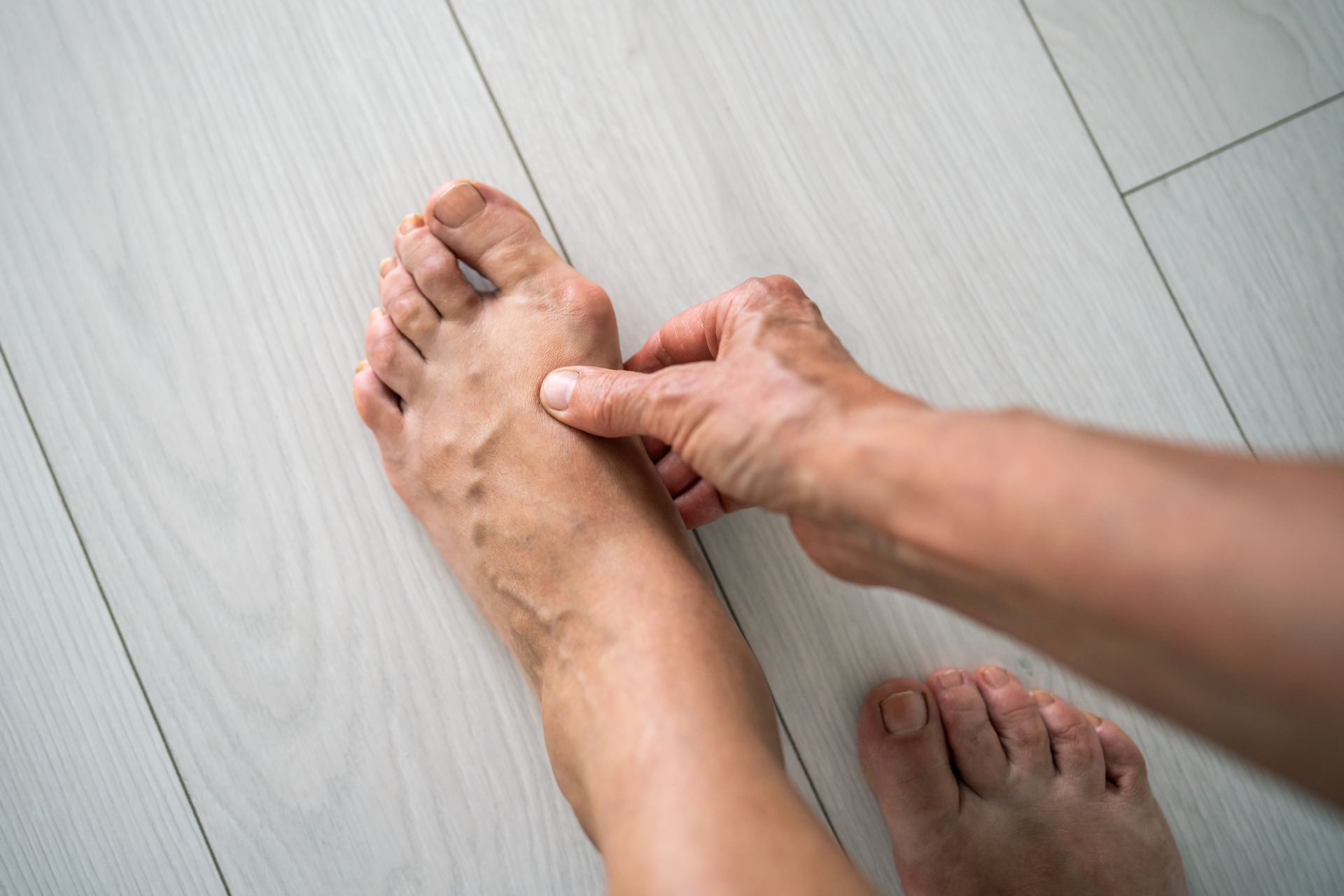Injury to the Achilles Heel: Tips for Baton Rouge Patients
DeMarcus "Boogie" Cousins: A Lesson on the Achilles Heel
Friday's NBA game between the New Orleans Pelicans and the Houston Rockets left many of us merely cringing. The Pelican's all-star center, DeMarcus "Boogie" Cousins, had a non-contact injury in which he tore his Achilles tendon. What made most viewers wince away is that on screen, there was no apparent or outright cause. Cousins naturally jumped into the air, landed on the ground, took a few staggered steps and went to the floor, apparently in tremendous amounts of pain.
What Is the Achilles Tendon
The Achilles tendon sometimes called the Achilles heel is the largest tendon in your body. It stretches from the heel of your foot to the base of your calf muscle. It's size, and connections make it a highly utilized band of muscles that are in use with virtually any movement of the leg.
Injury to the Achilles is relatively common, especially in athletes and have a variety of causes and severity:
- Sudden changes in speed or motion
- Tension in other ligaments and tendons in the legs
- Flat-feet
- Overuse of high heeled shoes which stress the tendon
Treating Less Severe Injuries
While Boogie's injury is as severe as it gets for the tendon, sprains and strains are often readily diagnosable and treatable. Pains and swelling generating from the tendon are the most common indications and are best treated by the RICE method:
- Rest- avoid using or putting weight on the affected area.
- Ice- use ice or cold packs to reduce blood flow that causes swelling.
- Compression- use bands and braces to keep the affected area stationary and provide support.
- Elevation- keeping the injury propped up in a position higher than your chest cavity will reduce blood flow to the injured area.
Treating A More Severe Injury to the Achilles Tendon
In the event of a more severe injury, steps become more complicated and recovery time increases. A tear or rupture in the muscle will often be accompanied by a pop or a crack, and severe onset swelling and pain will follow shortly after. A tear or rupture will usually require a surgery where an incision is made in the back of the leg, and the muscles are stitched back together. Many choose to go the non-surgical route. However, a successful operation can reduce the risk of re-rupturing by about 13%. Recovery from the surgery has a duration of about four to six months of physical therapy which mostly includes muscle coordination. Many who have suffered tears find themselves dealing with the injury for much longer, possibly permanently.
There are preventative measures that you can take to avoid an injury like this:
- Stretching the calf muscles before exercise
- Choosing running shoes and surface that are safer and more ergonomic
- Do not increase intensity of your activity too rapidly
- Alternate the intensity of your training and practice active recovery
Always consult a
medical professional
when confronted with any muscle pains or discomfort. A simple
MRI
and diagnosis could prevent more significant injury.


